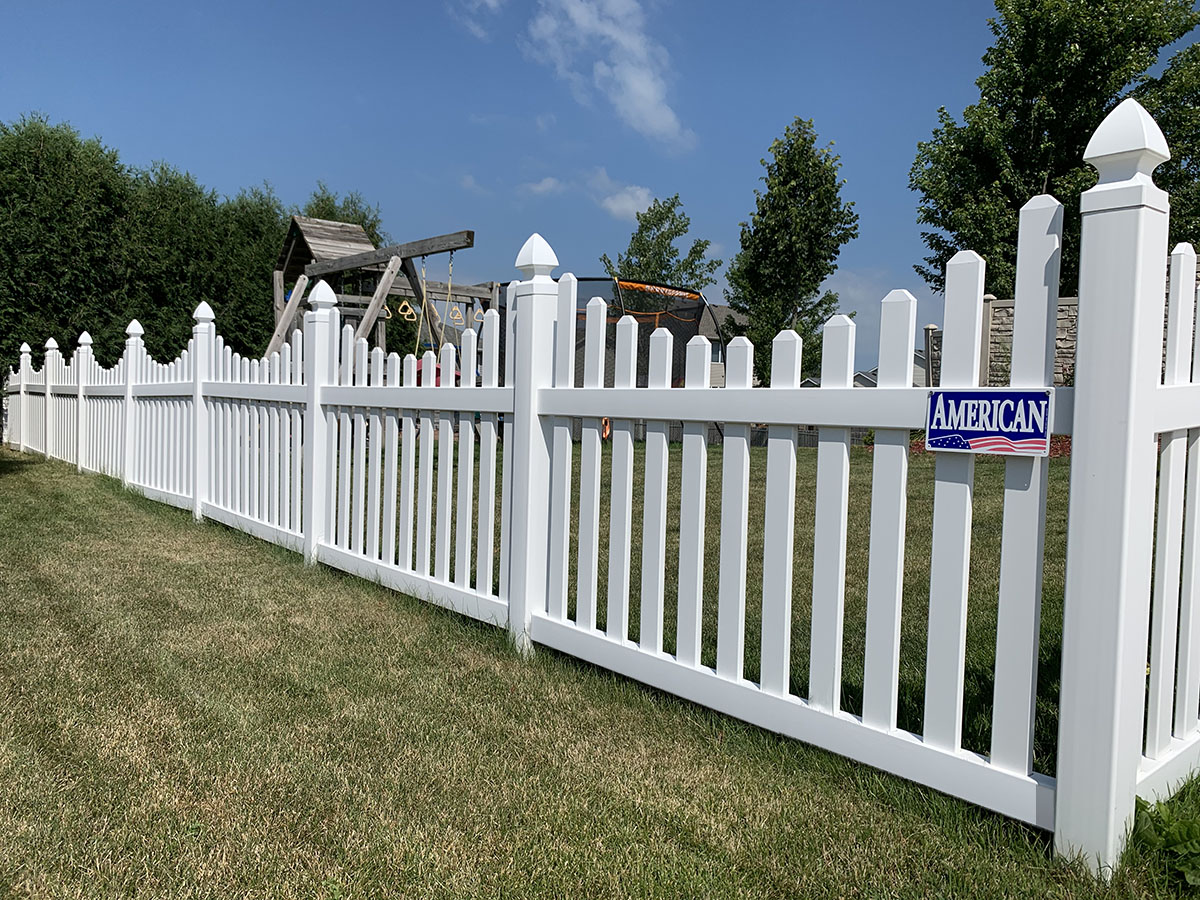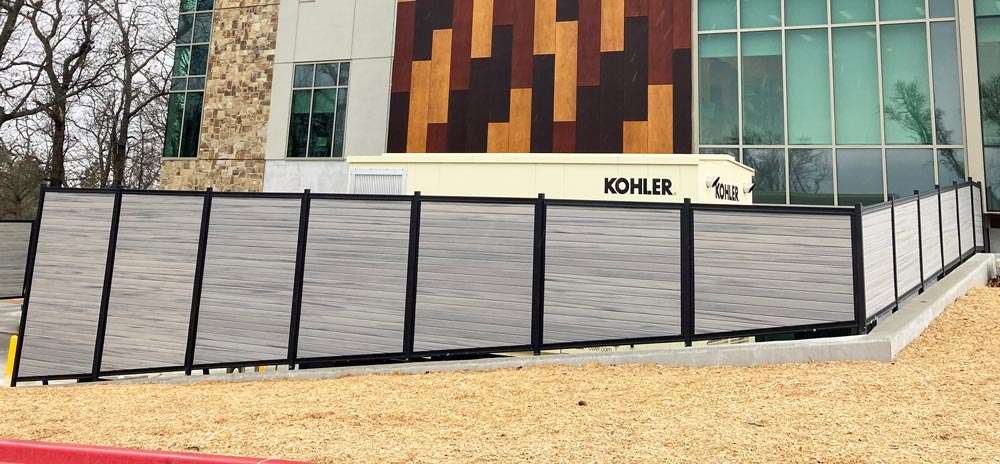All Categories
Featured

As sustainability ends up being a top priority for companies and home owners alike, the demand for green products, including fence materials, has increased. Conventional secure fencing options such as steel, timber, and plastic can have adverse environmental effects, however there are currently a number of eco-conscious alternatives to take into consideration. Choosing environment-friendly fence products not just helps in reducing your carbon footprint yet likewise adds to a more all-natural and sustainable atmosphere.
- Bamboo Secure fencing. Bamboo is one of the most environment-friendly fence options offered. Unlike conventional hardwoods, bamboo can be collected in a couple of years and grows back quickly, making it a sustainable option for fencing.
Perks: Bamboo is fast-growing, lightweight, and sustainable. It requires less pesticides and fertilizers compared to various other plants, making it a low-maintenance choice. Considerations: While bamboo is long lasting, it may require routine upkeep to secure it from weathering and all-natural wear. It can likewise be at risk to cracking in chillier climates. 2. Recycled Materials. Fencings made from recycled products are ending up being increasingly prominent as an eco-friendly option. These fencings are made from post-consumer plastic, recovered wood, and various other recycled materials, keeping waste out of garbage dumps. Making use of recycled products reduces the need for new raw sources, reducing ecological destruction.

Conveniences: These fencings help in reducing waste and conserve natural deposits. They are additionally usually low-maintenance and resilient. Factors to consider: While recycled fences can be sturdy, the looks might not constantly match conventional secure fencing choices. Nonetheless, lots of styles are currently readily available that simulate the appearance of timber or rock. 3. Compound Fence. Composite secure fencing is made from a mix of recycled timber fibers and plastic, offering the appearance of wood without the environmental influence. Numerous composite fences are made from recycled material, further enhancing their environmentally friendly condition. These fencings are lasting, need very little upkeep, and do not need to be treated with hazardous chemicals like conventional timber fences.
Conveniences: Composite fences are long lasting, resistant to rot, and call for little maintenance. They also supply a comparable aesthetic to wood without deforestation worries. Considerations: While they are low-maintenance, composite fencings might be a lot more costly than typical wood or plastic options. The manufacturing process can additionally be energy-intensive. 4. Cedar and Redwood Fencing. Cedar and redwood are natural wood materials that are often thought about extra environment-friendly contrasted to other woods. These kinds of wood are naturally resistant to decay, insects, and wetness, which decreases the requirement for chemical treatments. In addition, these trees are expanded in lasting woodlands, making certain that they are harvested properly.
Advantages: Cedar and redwood are both naturally attractive and durable products. They offer natural resistance to insects and rot, which helps lower the demand for chemical treatments. Factors to consider: These timbers can be a lot more pricey than various other choices. They also need occasional maintenance, such as discoloring or sealing, to make sure longevity. 5. Living Fencings (Hedges and Shrubs) Living fencings, made from bushes, trees, or bushes, are an environment-friendly choice that additionally gives natural personal privacy and aesthetic allure. Plants such as privet, boxwood, bamboo, and arborvitae are commonly utilized for producing thick, eco-friendly fences. These living barriers aid with sound reduction, enhance air quality, and supply environment for neighborhood wildlife.
Perks: Living fences promote biodiversity, enhance air top quality, and enhance the aesthetic charm of your property. They additionally take in carbon dioxide and add to a greener environment. Considerations: Living fencings require maintenance, such as trimming and watering, to guarantee they expand appropriately. They may not give the very same level of safety and security as traditional secure fencing products. 6. Stone and Reclaimed Block Secure Fencing. Rock and redeemed block fencings are an additional eco-friendly option. These materials are long lasting, require very little upkeep, and have a long life expectancy. When recovered from old structures or structures, they help in reducing the need for new products and stop waste from going into landfills.
Conveniences: Rock and brick are durable, weather-resistant, and give a classic, traditional aesthetic. Reclaimed products also have a very little ecological footprint. Considerations: The installation of rock and block fencings can be labor-intensive, and the materials might be a lot more costly than various other alternatives. The lasting sturdiness and low maintenance expenses can make them a worthwhile financial investment. Conclusion. Selecting an environment-friendly secure fencing material is a clever way to decrease your ecological influence while improving your residential or commercial property's privacy and visual appeal. Bamboo, recycled products, composite secure fencing, and living fencings all supply lasting options that decrease waste, save resources, and advertise a greener way of life.
By choosing one of these eco-friendly fencing choices, you add to the security of the atmosphere while producing a gorgeous, practical exterior space. The ideal product will rely on your choices, environment, and the degree of upkeep you're willing to give, yet rest ensured that there are countless eco-conscious choices that line up with your sustainable way of life.
Latest Posts
The Perfect Flooring for each Home
Published Apr 19, 25
1 min read
Discover the Professionals Behind Montclare Auto Repair - Experience You Can Rely On
Published Apr 19, 25
2 min read
Affordable Car Repair Services at Montclare Auto Repair - Book Today!
Published Apr 19, 25
2 min read
More
Latest Posts
The Perfect Flooring for each Home
Published Apr 19, 25
1 min read
Discover the Professionals Behind Montclare Auto Repair - Experience You Can Rely On
Published Apr 19, 25
2 min read
Affordable Car Repair Services at Montclare Auto Repair - Book Today!
Published Apr 19, 25
2 min read